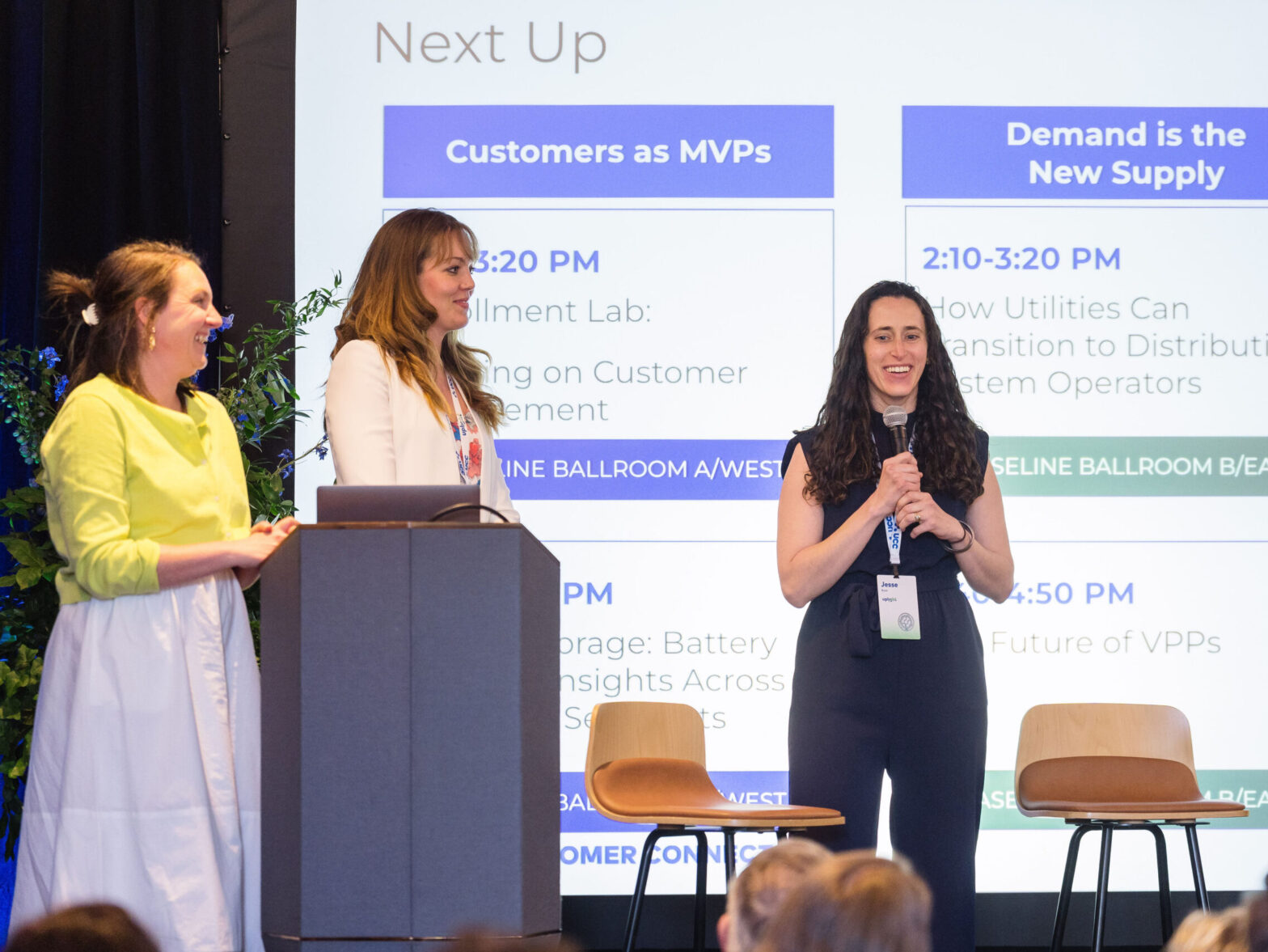This post was originally published on EnergySavvy’s website. EnergySavvy is now Uplight.
In today’s increasingly digital world, utility marketing leaders have growing responsibilities, but also have limited and outdated tools to get their jobs done. Marketing teams are typically now tasked with managing all the digital channels, increasing program participation for a growing number of offers, driving customer satisfaction, and acting as a key contributor for customer journey mapping–all while remaining in budget. But because utility IT teams are typically overloaded with projects, marketers are left to utilize a multiplicity of siloed databases, marketing tools, processes, and channels–usually without a centralized or integrated process.
Because of siloed data and legacy systems, marketing teams have to spend hours bringing together data to run campaigns instead of leveraging a single view of the customer. They also have a limited ability to use analytics to develop customer insights needed for personalization to connect with their customers.
Many utility marketing leaders look to generic platforms to solve their challenges, but most aren’t simply able to address utility-specific challenges, like the differences in regulatory requirements across service territories, or different types of customer classifications that require consideration. These generic tools also make it difficult to direct the right message to the right customer across their preferred channel. And while marketing teams are implementing proactive campaigns, most of these begin with the utility goals (i.e. enrollment targets) rather than a focus on the customer’s behaviors or needs.
The good news is that cloud-based personalization can address all of these challenges–in less time and for less money than large horizontal solutions. Personalization underpins and informs the customer experience through all channels and journeys, and is woven into the day-to-day work of not only marketers but also other utility employees, such as CSR’s and program managers.
To deliver personalization, there are five, core functional requirements (the same, in fact, as those employed by Amazon, Netflix and other modern digital customer experience companies) that must be present. These include:
- A customer data store that combines information from siloed systems to create an always up-to-date, 360º view of the customer.
- Advanced analytics that are applied to the gathered data in order to develop deep customer insights related to customer needs and journeys.
- Continual ranking of the most relevant offers for each customer.
- Data surfaced across all channels, including the utility’s website, portal, email, social media, call center, and text messages.
- Continuous feedback loop to use data from previous interactions to inform future ones.
With no limit of things to improve upon, deciding where to start can even be difficult. By identifying the most pressing customer experience or regulatory issue to solve can often be the most effective place to begin to apply the personalization principles. In this way, utility marketers can apply process learnings and incorporate data into the feedback loop, adding to and fine-tuning personalization as they go.




